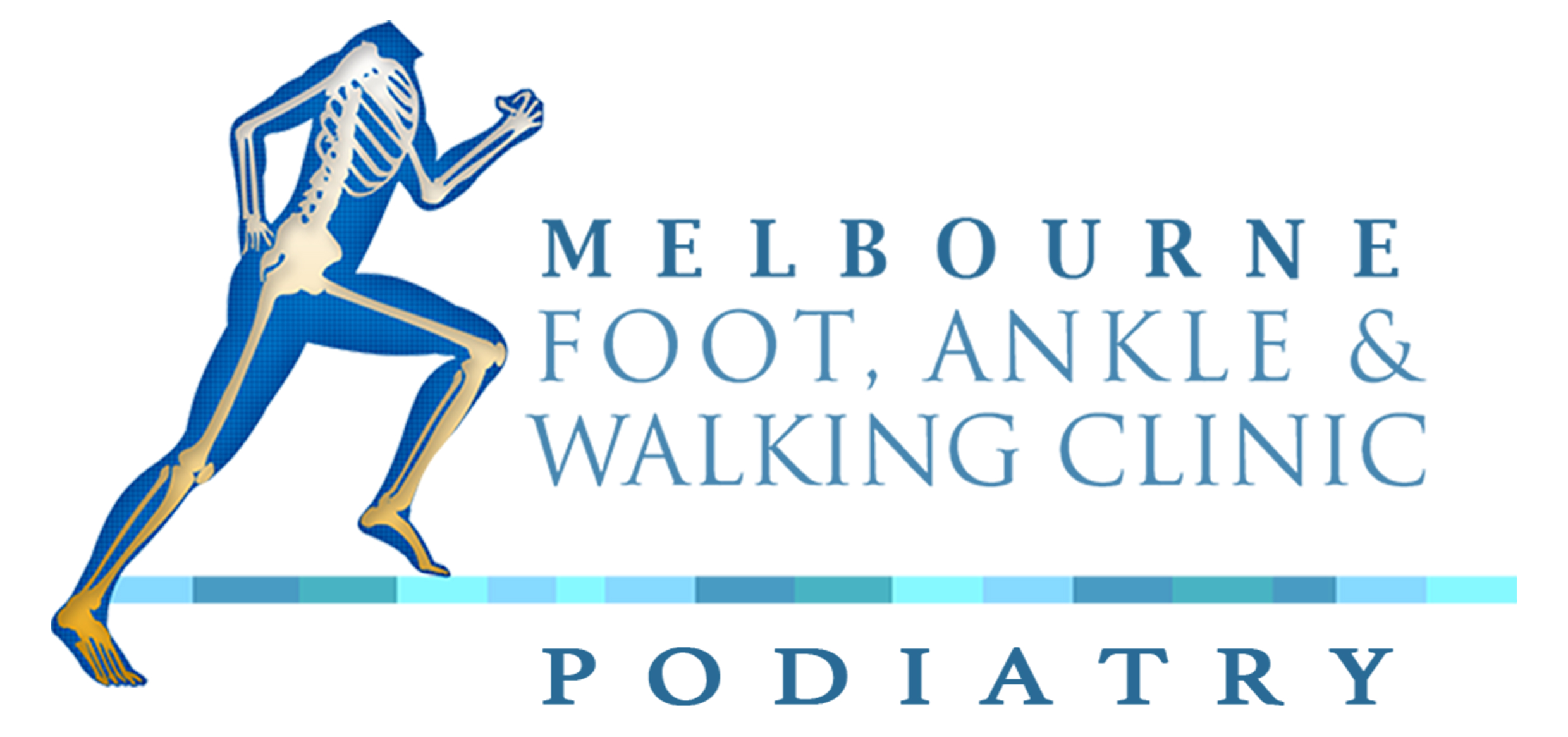Sever’s disease is a common condition that affects children and adolescents, particularly those who are active in sports and physical activities. This condition often arises during periods of rapid growth, usually around puberty, when the bones, muscles, and tendons are developing quickly. Often mistaken for growing pains, Sever’s disease causes heel pain and discomfort due to inflammation of the growth plate in the heel. This growth plate, known as the calcaneal apophysis, is a soft area of cartilage located at the back of the heel bone that is still developing in children. During physical activities that involve repetitive stress, such as running, jumping, or playing sports, the Achilles tendon can pull on this vulnerable growth plate, leading to inflammation and pain.
Sever’s disease is most common in children between the ages of 8 and 14, particularly those who participate in high-impact sports like soccer, basketball, and gymnastics. The condition can cause significant discomfort and may limit a child’s ability to engage in their favourite activities. If your child is experiencing heel pain, it may be time to consult a Sever’s disease podiatrist. A Sever’s disease podiatrist specialises in diagnosing and treating foot and ankle conditions, including Sever’s disease. They can provide an accurate diagnosis and recommend the best treatment options to alleviate pain and prevent further complications, ensuring your child can return to their activities safely and pain-free. Early intervention by a Sever’s disease podiatrist is crucial in managing the condition effectively and preventing long-term issues.
Symptoms of Sever’s Disease:
The primary symptom of Sever’s disease is heel pain, which can range from mild to severe. The pain is usually located at the back of the heel and may worsen with physical activity. This discomfort often becomes more noticeable during or after sports activities, particularly those that involve running, jumping, or repetitive stress on the feet.
Other symptoms of Sever’s disease include:
Tenderness: The heel may be tender to touch, especially at the back and sides, where the growth plate is inflamed. This tenderness can make it uncomfortable for children to wear certain types of shoes or engage in physical activities.
Swelling: Some swelling around the heel area can occur due to inflammation, making the heel appear slightly larger than usual. This swelling may fluctuate depending on the level of activity and can be accompanied by redness or warmth around the affected area.
Limping: Children with Sever’s disease often limp or walk on their toes to avoid putting pressure on the painful heel. This compensatory walking pattern can lead to further discomfort in other parts of the leg or foot due to altered gait mechanics.
Stiffness: Stiffness in the heel, particularly after waking up or following periods of inactivity, is another common symptom. This stiffness can make it difficult for children to walk comfortably initially but often improves as they move around and warm up.
These symptoms can significantly impact a child’s daily activities and overall quality of life, making it essential to seek timely intervention from a healthcare professional.
How a Podiatrist Can Help with Sever’s Disease
If your child is suffering from heel pain, it is essential to consult a podiatrist who specialises in Sever’s disease. A podiatrist is a medical professional trained to diagnose and treat foot and ankle conditions, including Sever’s disease. Here’s how a podiatrist can help manage Sever’s disease:
Accurate Diagnosis: A podiatrist will perform a thorough examination of your child’s foot, assess their symptoms, and review their medical history. This is crucial for diagnosing Sever’s disease and ruling out other potential causes of heel pain.
Customised Treatment Plan: A podiatrist can create a tailored treatment plan for Sever’s disease based on your child’s specific needs and activity level. This may include rest, ice, compression, and elevation (RICE) to reduce pain and inflammation.
Stretching and Strengthening Exercises: Podiatrists often recommend exercises to stretch and strengthen the calf muscles and Achilles tendon. These exercises can help relieve tension on the growth plate and prevent further injury.
Footwear Recommendations: Proper footwear is essential for children with Sever’s disease. A podiatrist can provide advice on the best types of shoes for support and cushioning, as well as recommend orthotic inserts to reduce pressure on the heel.
Activity Modification: Reducing or modifying activities that exacerbate heel pain is a key component of managing Sever’s disease. A podiatrist can guide which activities to avoid and suggest low-impact alternatives to keep your child active while minimising heel pain.
Monitoring Progress: Regular follow-up appointments with a podiatrist are essential for monitoring the progress of Sever’s disease and adjusting the treatment plan as needed. This ensures that your child is on the path to recovery and can safely return to their favourite activities.
When to See a Podiatrist for Sever’s Disease
If your child complains of persistent heel pain or difficulty walking, it’s time to see a podiatrist for Sever’s disease. Early intervention is crucial to prevent the condition from worsening and causing long-term problems. A podiatrist can provide a comprehensive evaluation and recommend the most effective treatment options to manage Sever’s disease and alleviate your child’s discomfort.
Sever’s disease is a common cause of heel pain in children and adolescents, especially those who are active in sports. Consulting a podiatrist for Sever’s disease is the best way to ensure an accurate diagnosis and receive a customised treatment plan tailored to your child’s needs. With proper care and guidance from a podiatrist, your child can recover from Sever’s disease and continue to enjoy their favourite activities without pain.

